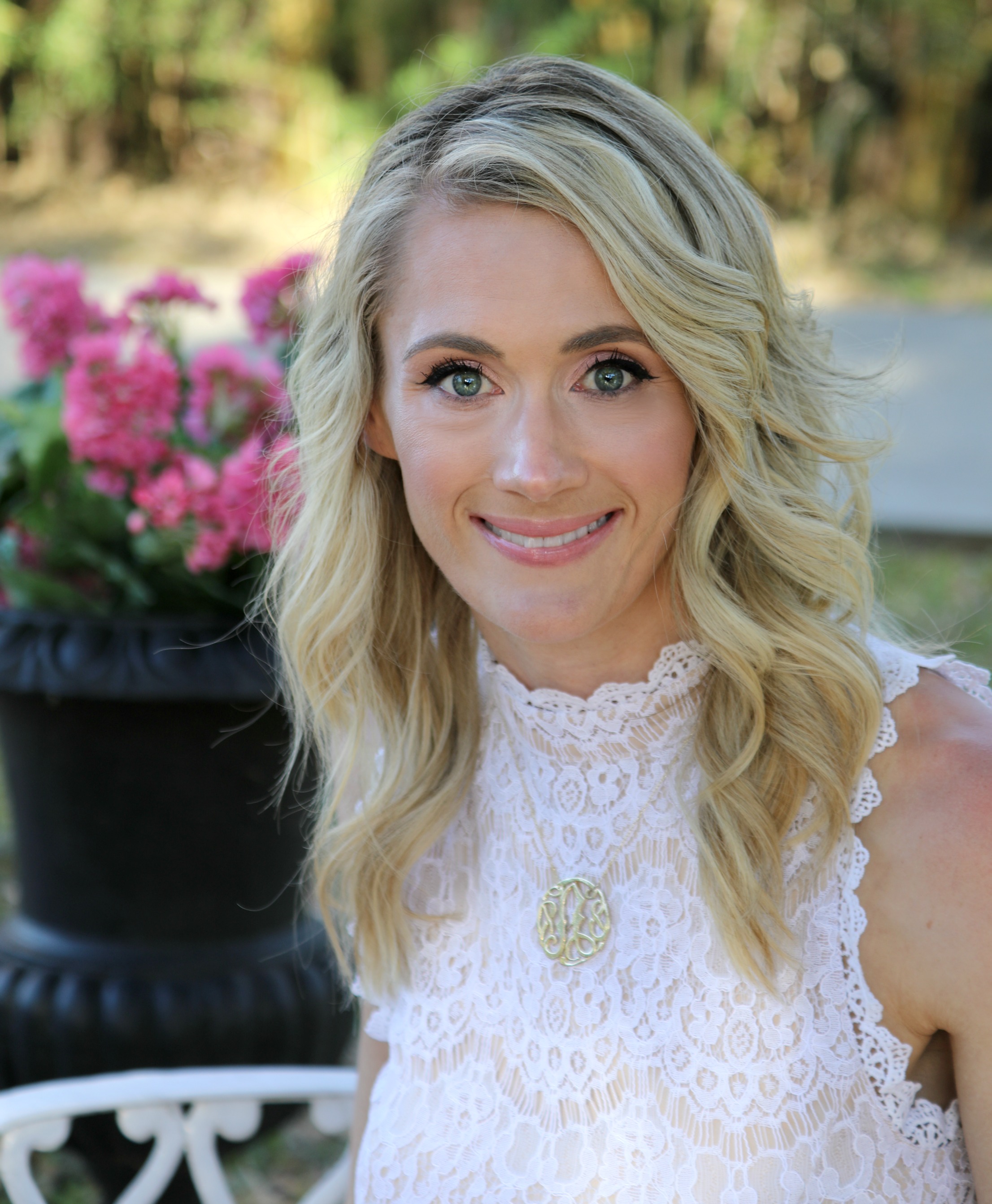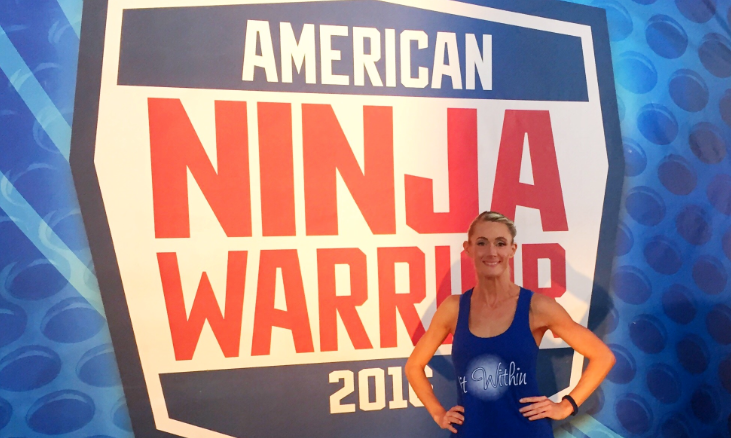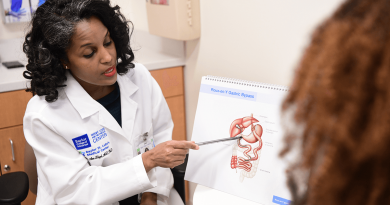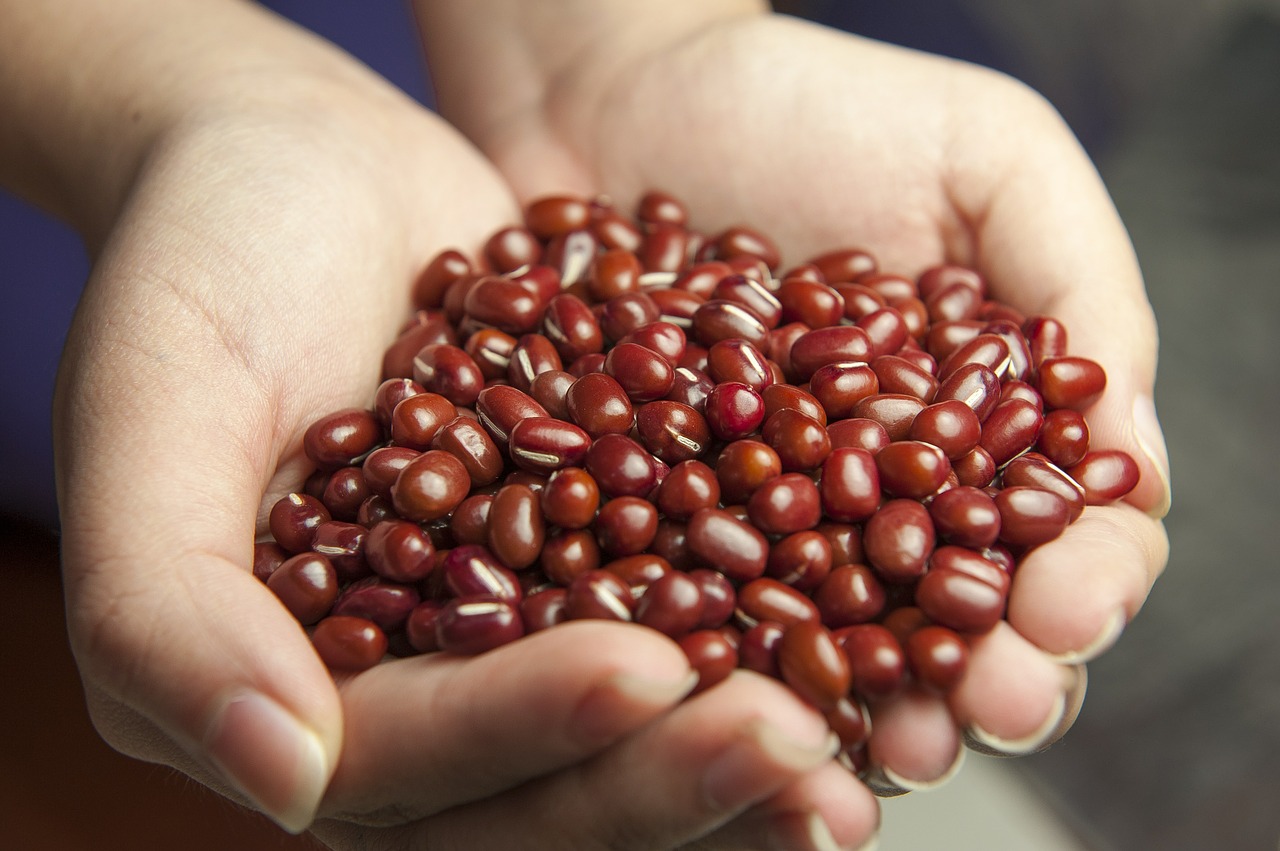The ultimate race: Powering through Parkinson’s disease
“Coach Neuendorff, you might as well get that ambulance ready, because I’m coming in first! I don’t care what it takes!”
I was 14 with a thick East Texas accent. It was my first track meet of the eighth grade, and I was prepared to run the first leg of the mile relay. After my remarks, Coach Tamalyn Neuendorff moved me from first leg to last. We finished that 1992 track season coming in first place at every meet.

The “Am-bU-lAnce” statement was resurrected when at the end of March 2018, I ran in the 200-mile Texas Independence Relay, raising money and awareness for Parkinson’s disease. I was one of 12 runners on my team who ran from Gonzalez to Houston, Texas.
I’m not what you would consider a runner. A mile is as far as my running shoes go. But, the need to challenge myself was an opportunity I couldn’t say no to. In total, I ran 16 miles.
The reason the run was so personal for me is because I have Parkinson’s, a non-curable, progressive movement disorder. Symptoms began at the age of 32 and I was diagnosed at 37.
I didn’t train like I should have for the race. My hip flexors screamed in pain. My left foot would go numb after a mile, causing a burning pins and needles feeling. I developed a quarter-sized blister on the ball of my foot. Not one team member slept that night, and afterwards all any of us wanted was a shower. I was beat up and exhausted, but I powered through.
My movement disorders specialist, Dr. Joseph Jankovic, told me to get moving at my very first appointment in 2015, because exercise was the only thing proven to slow the disease.
I was a newly single mom, and out of all the chaos in my life at that moment, exercise was something I could control. So, I sprung his prescription into action, and began to move. I traded my uncontrolled movements in for deliberate ones.
I entered my first race, a little fun run that summer, coming in first (no ambulance needed). By that fall, I finished in the top 13 percent at my first mud run, completing seven miles and 30 obstacles.

That experience led me to audition for American Ninja Warrior in 2016, where I became the first person with Parkinson’s to compete on the show. I’m now a two-time Ninja Warrior. Last summer, I pulled a jeep and trailer that was harnessed to me 100 feet.
For eight years, I’ve powered through life. Many people with Parkinson’s struggle with non-motor symptoms like depression, anxiety and apathy. Powering through each move I make, whether intended or not, is my most powerful medicine.
I refuse to give up. I am thankful for each morning I wake. I’m blessed to have my daughter, whom I independently care for, a full-time job, and the most amazing and supportive family and friends.
I believe that one day I’ll be cured. But, until that day comes, I believe I’m fighting this disease the best way possible by truly living. I believe pushing the boundaries, staying active, listening to my doctor, and being appreciative for every moment in life is creating the most powerful playing field to manage this disease.
So, Coach Neuendorff, you might as well get that ambulance ready. Beating Parkinson’s is one race I’m determined to win!
Additional Resources
Learn more about the Parkinson’s Disease Center and Movement Disorders Clinic at Baylor.
See Parkinson’s disease clinical research opportunities.
-By Allison Toepperwein, senior communications specialist with the Dan L Duncan Comprehensive Cancer Center at Baylor



